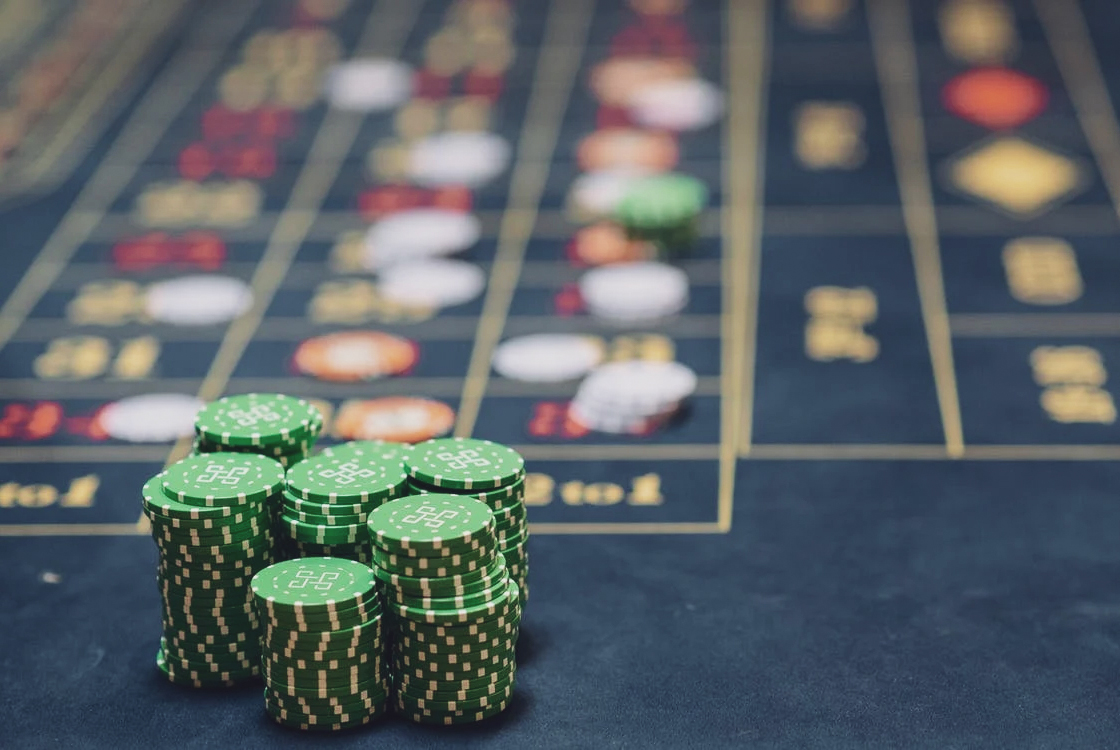A flop is the second betting round in poker, during which three community cards are dealt. During this stage, the order in which moves are made changes. If during preflop the first action is made by the person sitting left of the big blind (this position is called “under the gun”), on the flop stage the small blind is the first to act.
Most of the time you’ll have an incomplete hand during the flop stage. It is called a draw-hand – a hand lacking one or two cards to actually become valuable.
Flop is the main stage of the entire draw. During this stage, the key decisions influencing the outcome of the game are made.
Professional players tend to distinguish two categories of flops:
The dry flop – is a safer type of flop, where the appearance of new cards is unlikely to result in new hands. There are no cards of the same suit, the same value, or consequential cards, which means it’s unlikely for the opponent to collect a strong hand.
The wet flop – the “dangerous” type of flop. The appearance of new cards can result in players having strong hands, which drastically changes the “balance of power”. Same-suited cards or consequential ones are a common sight on the wet flop.
The first thing to consider is whether the flop actually improved your hand or not. If your hand has improved, aggressive raising might be the best decision. Good flop strategy involves always trying to consider what your opponent may be holding as well as thinking about the potential of your own hand.

